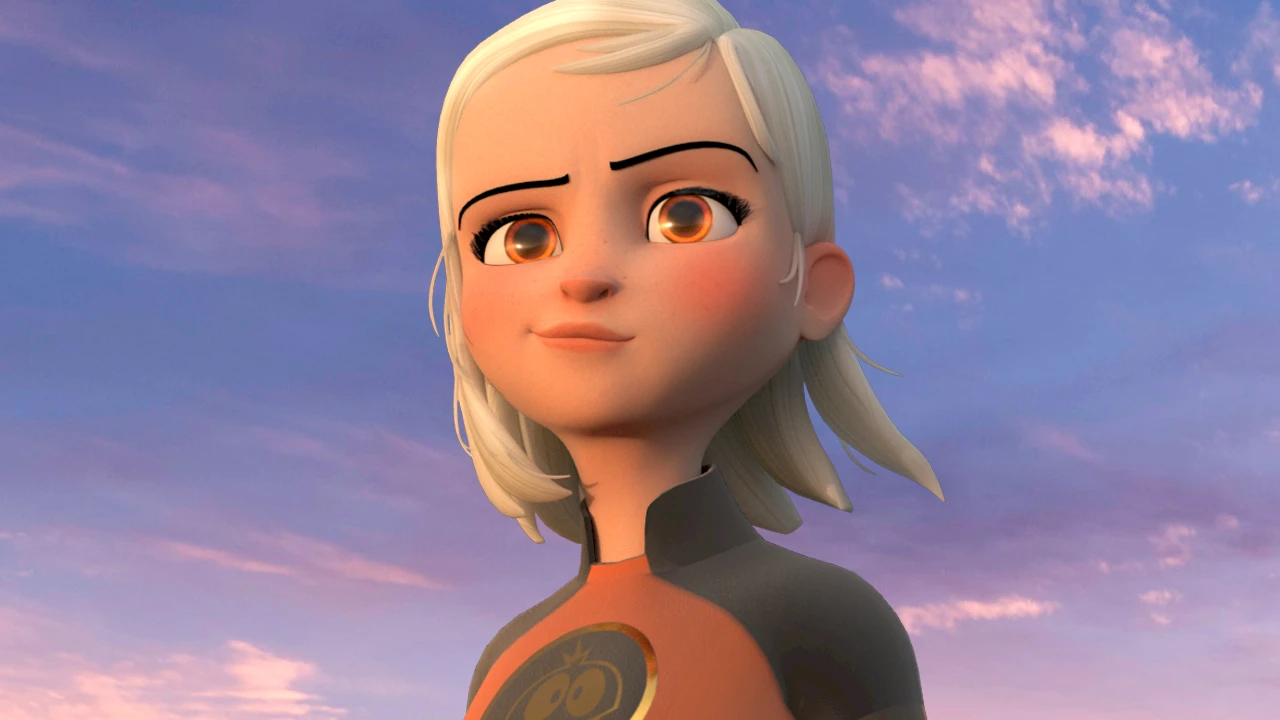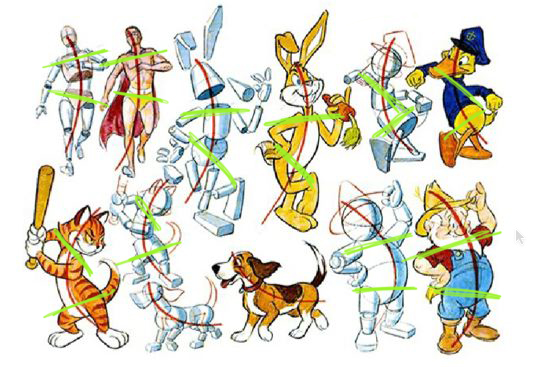
When you think of showing emotion in animation, what’s the first thing that pops into your head. The face? The eyes? Those are definitely important—but shoulders are actually just as important and useful for animators trying to show emotion! Here are some essential tips for effectively animating shoulders from mentor Dana Boadway Masson, owner and director of Killerjellybean Animation!
When people think of showing emotion, the first thing that pops into mind is usually the face, followed closely by the hands. But I would argue that shoulders are just as important, and expressive! They even frequently betray emotions that a person might be trying not to show outwardly. They have a LOT of movement range, and animators shouldn’t be afraid to use it! Shoulder rigging has come a really long way from earlier CG rigs, too. It’s one of the toughest areas of the body to skin in a rig, and not have the geometry fold like a candy wrapper.
A character that comes to mind immediately when I think of VERY expressive use of shoulders is Rapunzel, from the movie Tangled. And when you watch her move, she doesn’t feel overly cartoony, yet the poses can be surprisingly exaggerated. Look below to see some range of motion used in her animation:
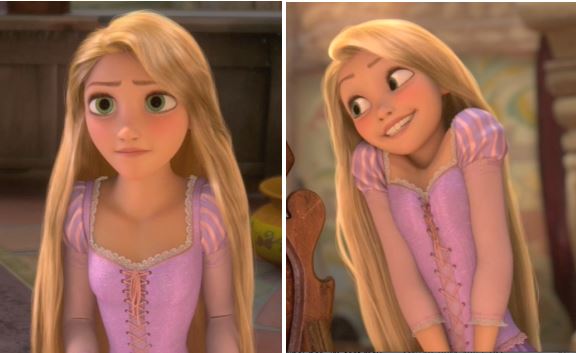

Example from Tangled © Walt Disney Pictures
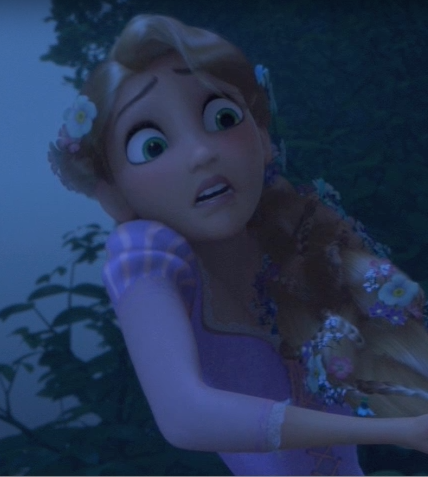

Example from Tangled © Walt Disney Pictures
It’s always surprising, when you look at still frames from a shot, just how exaggerated the positions can be, and when you watch it again in full speed motion, it just doesn’t seem as extreme.
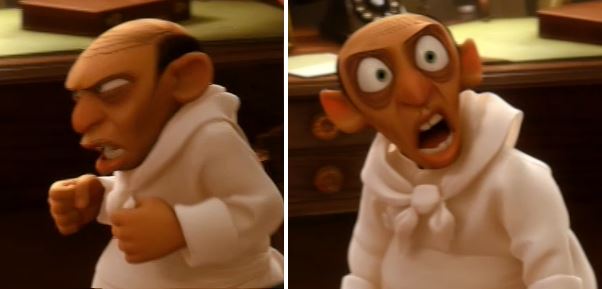

Example from Ratatouille © Pixar Animation Studios
If you watch the following shot progression from video reference to final, you’ll notice how important the shoulders are in the expression of the character Anna in this scene from Frozen.
The animator reaches a high level of exaggeration right from the start of planning, in his video reference, and this transfers wonderfully onto the character, as she alternates between excited, hopeful, and resigned/sad. The changes happen quite quickly in the scene, and the shoulders are the biggest part in conveying those changes clearly, using a lot of contrast between the positions.
Having just done some research, I can tell you that it’s not easy to find information about shoulder posing. There’s tons of stuff about yoga poses that open your shoulders up, and about how emotions can affect you physically, including a lot about back, neck, and shoulder issues. Interestingly, if you have very tense shoulders, if you engage in exercises to help you loosen them up, you might suddenly and inexplicably find yourself breaking into tears! What does one have to do with the other?!
As human beings, we often suppress emotions for one reason or another. We think it’s better not to feel emotional pain, and stuff it down. But that energy gets built up and stored in your musculature, and creates muscle tension. So if you break that tension, the emotions are going to release. If you release the emotion, the muscle tension will break. The emotional and the physical are interconnected.
When we are in the midst of expressing emotions, our muscles will exhibit more or less tension, depending on what the emotion is that we’re feeling. Sad/bored/tired emotions will be very low
Tension:
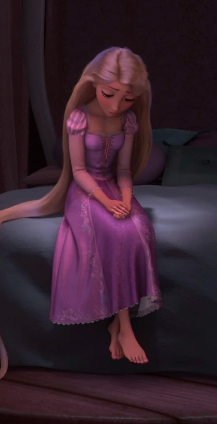

Example from Tangled © Walt Disney Pictures
…and the shoulders (along with the rest of the pose) will sag, and feel heavier.
Excited/nervous emotions will increase muscle tension, bringing shoulders up higher:
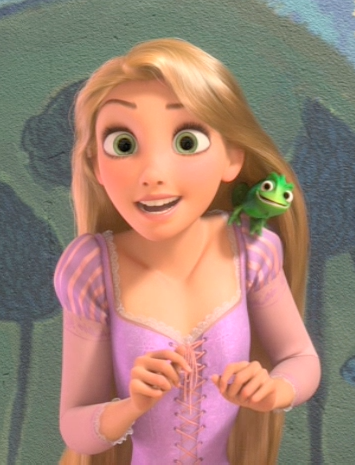

Example from Tangled © Walt Disney Pictures
Angry/defensive emotions will also increase muscle tension, but the aggression will hunch the shoulders up and forward, drawing the whole spine into a hunched curve:
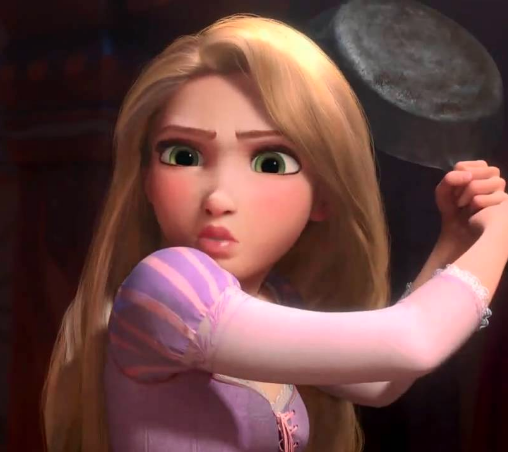

Example from Tangled © Walt Disney Pictures
Shoulders also are part of large muscle groups that hold a lot of strength. Very often, the shoulders will show the effort in a physical movement, and the exaggeration of the shoulder pose can help to communicate that effort to the audience.
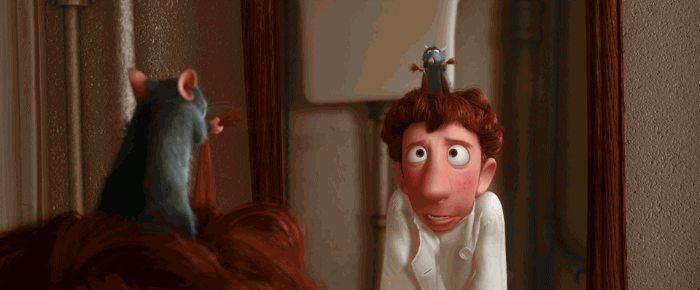

Example from Ratatouille © Pixar Animation Studios
The shoulders will very often lead the arms in their movements as well, creating momentum for the rest of the arm gesture. Notice how Remy’s shoulders drop first in the clip above, and the rest of the arm motion follows quickly behind. Shoulders are like the top of the pendulum rig. They drive the action of the rest of the joints of the arms. The torso is like an upside-down pendulum, driving from the hips, upwards towards the head, and the arm pendulum is attached to a joint in the upper back area, so the rest of the arm action is affected by what happens with the upper spine.
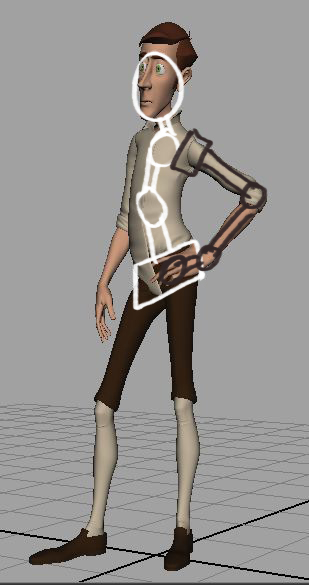

Like everything else with body mechanics, you need to have a good idea of the underlying anatomy. You can see how interconnected the arms are to the upper back and neck if you look at muscular anatomy chart:
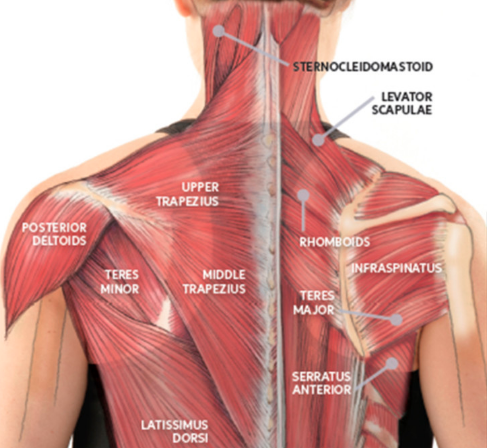

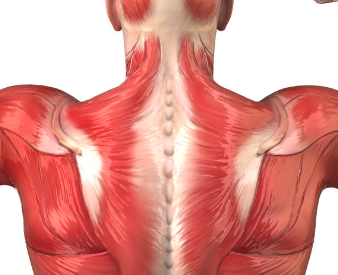

When the arms lift, the shoulders must lift, too. All of that musculature works together. So when the arms raise, do not forget to move the shoulders with them. A rig will not automatically do that for you!
In character poses, if you draw a line across both shoulders, and across the top of the pelvic bone, you can see how the angles of the shoulders oppose the angles of the hips in order to create interesting and dynamic lines of action through the spine:



So the position of the shoulders greatly affects the appeal of the pose, as well as describing the physical action, and communicating the characters’ emotions.
It’s an awful lot to think about, but don’t shrug it off… that just shows you just how important it is to keep shoulders in mind when you’re animating!
Did you find this post helpful? You might also like:
Choosing the Best Poses for Your Acting Shot by Dana Boadway Masson
Pro Animation Trick: Forget about the Legs! by Shawn Kelly
Stepped vs. Spline Blocking in Animation by Drew Adams
Facial Animation 101 by Dana Boadway Masson
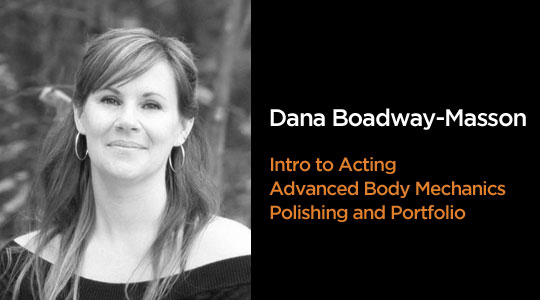

Want to be learn from professional animators like Dana?
Start your animation journey by learning with professional animators from a variety of studios and career paths! Get more information about Animation Mentor’s Character Animation Program.




